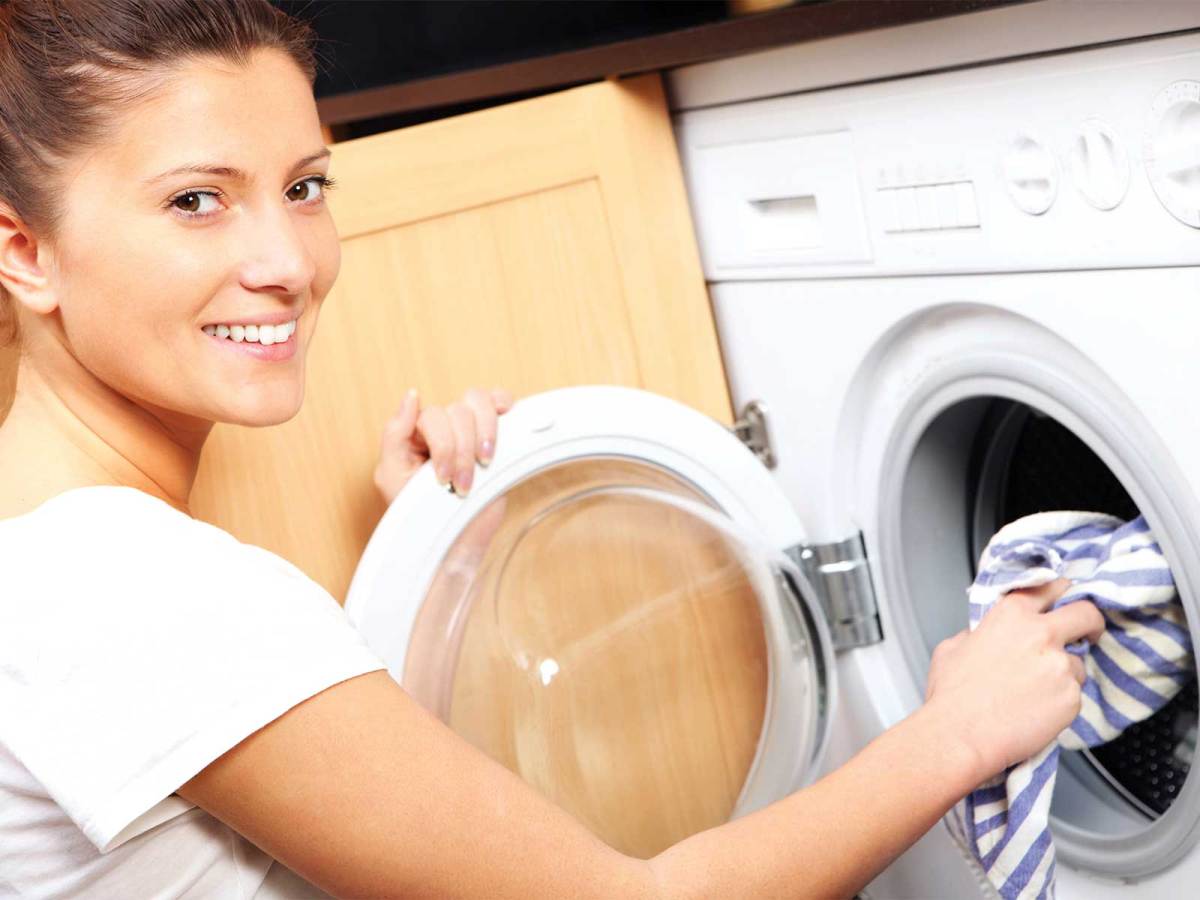One of the major questions that retailers are asked when a customer comes into the whitegoods department looking for a washing machine is, Front Loader or Top Loader?
If the average replacement cycle on a washing machine is 6 to 7 years, then a lot will have changed since a customer’s last purchase. (If this journalist is anything to go by, replacement cycles can be a lot longer — pro tip: it’s probably worth buying a new washing machine if your old model was “manufactured in East Germany”).
The rules on top loaders and front loaders that existed 7 years ago don’t necessarily still apply today, and preconceptions about washing efficiency, capacity and ease of use can often be thrown out the door. But the question remains, which model is right for which customer?
Appliance Retailer spoke to two leading laundry brands to get their thoughts on the front loader vs top loader debate.
“The market share between top and front loaders is still fairly even,” said Peter Russell, Fisher & Paykel’s general manager of marketing. “Fisher & Paykel Both top loaders and front loaders have their own advantages.
“For example, families tend to prefer top loaders because of their ergonomic design, larger capacities, shorter wash cycles and generally lower price points; while smaller households, such as couples and singles, usually opt for front loaders due to their water and energy efficiencies (which makes them cheaper to run), compact size and ability to stack them on top of or below a dryer when space is tight.”
Mike Lilly, head of home appliances at Samsung Electronics Australia agreed that popularity of front loaders and top loaders was fairly even, especially considering the technological advances that had been made in design and engineering.
“The market really has a 50/50 split between front load and top load,” said Lilly. “It really depends on the person. If you asked me seven years ago, I would have said top load was better, because front load machines had longer wash cycles, smaller capacities and you couldn’t open the door after starting to put that sock in that you left out.
“But now, we have 10-kilogram capacity front load washing machines, we have a function where you can stop the wash in the first five minutes and add that sock if you need to. All the machines are more efficient than they used to be, both with energy and water. So it really is up to individual’s choice of product.”

The Fisher & Paykel CleanSmart 10-kilogram top loading washer (WL1068P1, RRP $1,349) has dedicated washing cycles for a smarter clean.

Samsung’s 7-kilogram Compact Washing Machine (WF1702XEC, RRP $1,099) is 25 per cent more compact than other Samsung models with a similar capacity.

